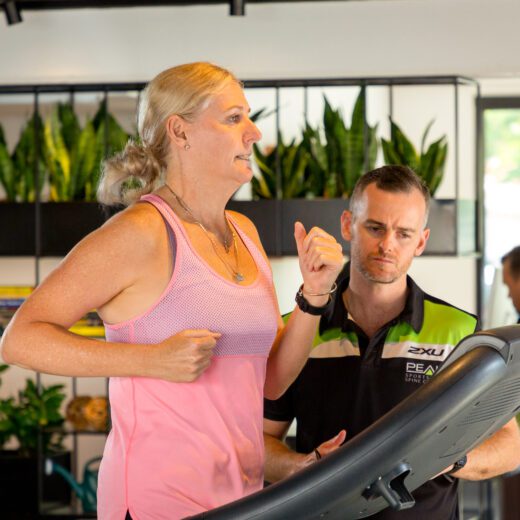
1. Hamstring Strains
Description:
Hamstring strains are among the most common injuries in cricket. They occur when the muscles at the back of the thigh are overstretched or torn, often during sprinting or sudden changes in direction.
Prevention:
To prevent hamstring strains, players should focus on proper warm-ups that include dynamic stretches and strength training for the legs. Regular flexibility exercises and strengthening routines can help maintain muscle balance and reduce the risk of injury.
2. Shoulder Injuries
Description:
Cricketers frequently experience shoulder injuries due to the repetitive overhead action involved in bowling and throwing. Common shoulder issues include rotator cuff tears, tendinitis, and dislocations.
Prevention:
To protect the shoulders, it’s crucial to engage in exercises that strengthen the shoulder muscles and improve shoulder stability. Players should also focus on proper bowling techniques and avoid overuse by allowing adequate rest between sessions.
3. Lower Back Pain
Description:
Lower back pain is prevalent among cricketers, often stemming from the repetitive stress of bowling, particularly when using improper technique or engaging in excessive training.
Prevention:
Strengthening the core, back and glute muscles are essential for supporting the lower back. Incorporate exercises such as planks and other abdominal exercises into your routine. Additionally, ensuring proper bowling posture and avoiding overloading your training schedule can significantly reduce the risk of lower back pain.
4. Side Strain
Description:
Side strains are common among bowlers and occur when the muscles along the side of the torso are overstretched, usually during the forceful rotation involved in bowling.
Prevention:
Regularly stretching and strengthening the core and oblique muscles can help prevent side strains. Focusing on proper bowling technique and gradually increasing bowling intensity can also minimize the risk of these injuries.
While cricket is a sport filled with excitement and passion, it’s essential to be aware of the common injuries associated with it and take proactive steps to prevent them. Regular conditioning and proper technique play crucial roles in minimizing injury risks and enhancing overall performance. By prioritizing these preventive measures, you can enjoy cricket safely and keep yourself on the field, ready for the next match.
If you’re experiencing any persistent pain or discomfort related to cricket injuries, don’t hesitate to consult a member of our physiotherapy team. Early intervention can make a significant difference in recovery and overall well-being.
Read the latest articles

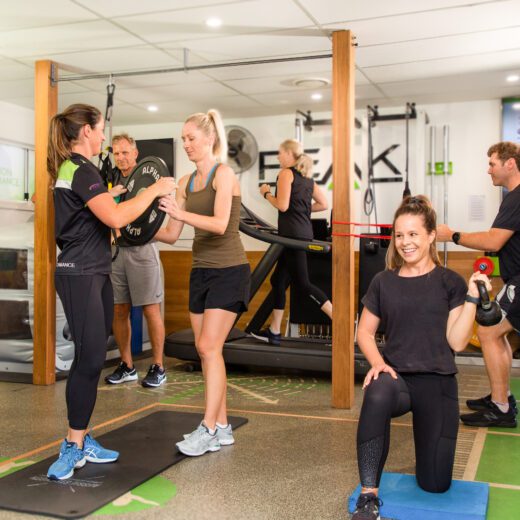
From Recovery to Resilience: Embracing a Preventative Mindset in Physiotherapy
For many, the first encounter with physiotherapy begins with pain. It might be the result of an injury, a nagging ache that won’t go...
Read more
Deadlifting: Why It Matters – A Physiotherapist’s Perspective
As a physiotherapist, one of the most common myths I encounter is that deadlifting is only for bodybuilders or elite athletes. The reality? The...
Read more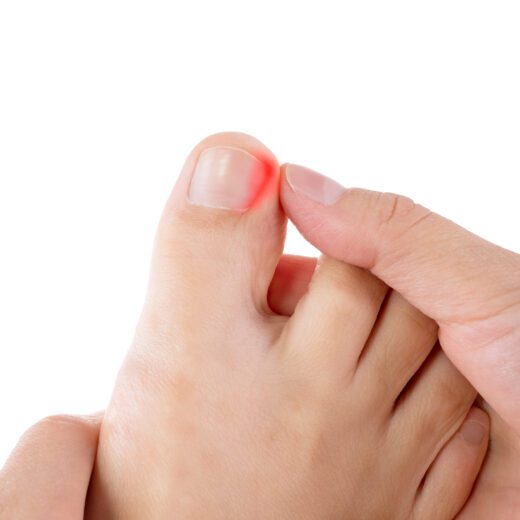
Understanding Ingrown Toenails
Ingrown toenails occur when the edge or corner of a toenail grows into the surrounding skin, leading to pain, redness, and swelling. This condition...
Read more
Staying the Course: How to Stay Motivated Through Your Rehab Journey
Rehabilitation isn’t always a straight line. Some days, you’ll feel strong. Other days, progress might feel slow or even invisible. But here’s the truth...
Read more
When Dreams Take Flight: The Extraordinary Night We Shared “For The Last Time”
In the warm glow of a Brisbane evening, something magical happened. On May 25th, New Farm Cinema became more than just a venue—it transformed...
Read more
Ed’s Physio Journey with Nickelback Boy
Let us introduce PEAK Athlete Ed Schache… As a husband, Dad to 2 young sons, and lifelong recreational cyclist, Ed’s never been one to chase...
Read more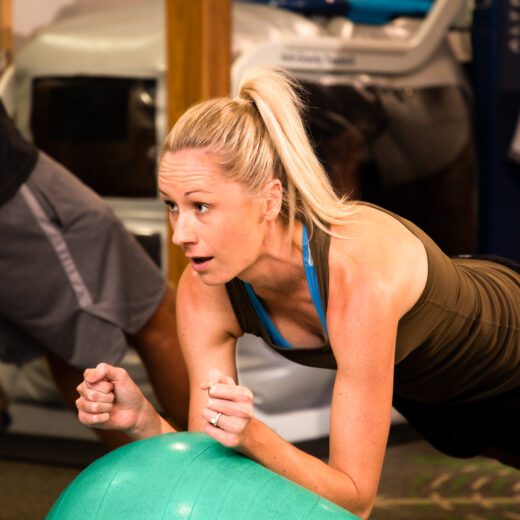
Why Women Should Strength Train: Lifelong Benefits from Youth to Aging
For too long, the image of strength training has been associated mainly with male athletes or bodybuilders. But the science is clear: strength training...
Read more
Sever’s Disease: Understanding Heel Pain in Growing Children
Heel pain in children is a common concern—especially among those who are active and going through growth spurts. One of the most frequent causes...
Read more
Join the Sunshine Coast Marathon
Join the Sunshine Coast Marathon with PEAK Sports and Spine Centre: Run with a Winning Team and Enjoy Exclusive Perks!Are you ready to challenge...
Read moreNot exactly what you're looking for?
View all articlesLet's get started — How can we help?
Physiotherapy

Chiropractic

Podiatry

Massage Therapy

Women's Health Physiotherapy

Running Program Tailored To Your Goals

Joint Mobilisation

Active Release Technique

Exercise Prescription

Real Time Ultrasound Imaging

Spinal Manipulation

Functional Movement Screen

Knee Pain Treatment

Hamstring Strain Treatment
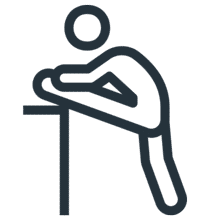
Hip Pain Treatment

Upper, Middle & Lower Back Pain

Neck Pain Treatment

Shoulder Pain & Rotator Cuff Tear

Can't find what you're after?
View all ServicesOr email the PEAK team at info@peakssc.com.au
Hawthorne
- Phone: (07) 3399 3318
- Fax: (07) 3319 6577
Address
5/171 Riding Road,Hawthorne, QLD, 4171 Get Directions
Opening Hours -
6 days per week
- Monday - Friday: 7:00 am - 8:00 pm
- Saturday: 7:00 am - 1:00 pm
To make a booking outside of business hours, please use our form by clicking here.
New Farm
- Phone: (07) 3399 4668
- Fax: (07) 3319 6577
Address
1/15 Lamington Street,New Farm, QLD, 4005 Get Directions
Opening Hours -
6 days per week
- Monday: 7:00 am - 8:00 pm
- Tuesday: 7:00 am - 8:00 pm
- Wednesday: 9:00 am - 8:00 pm
- Thursday: 10:00 am - 8:00 pm
- Friday: 7:00 am - 3:00 pm
- Saturday: 7:00 am - 3:00 pm
To make a booking outside of business hours, please use our form by clicking here.
